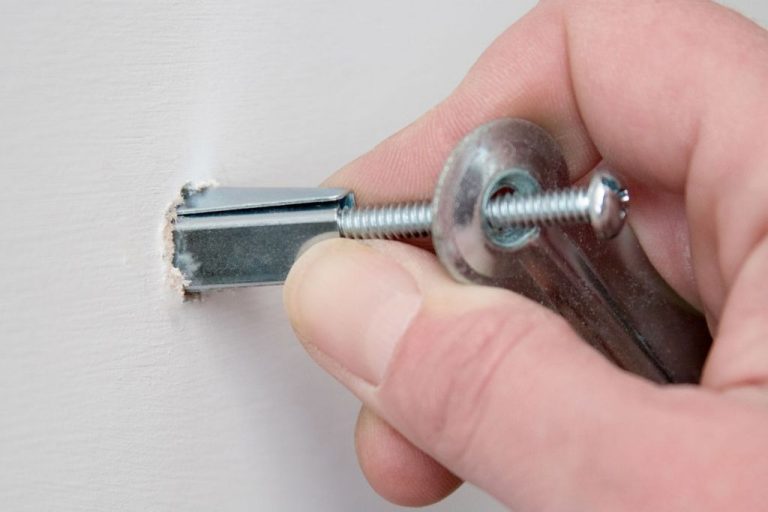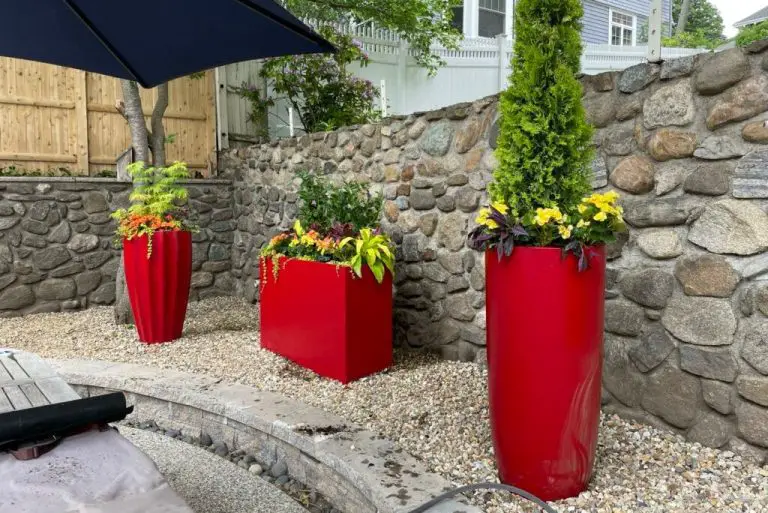How Do You Cook In A Clay Oven?
What is a Clay Oven?
A clay oven, also known as a masonry oven or cob oven, is a type of oven made from clay, mud, sand, and straw. Clay ovens date back thousands of years and have been used across many cultures for baking, cooking, and heating (Source: https://en.wikipedia.org/wiki/Clay_oven).
Clay ovens differ from modern conventional ovens in a few key ways. They don’t have temperature controls or timers. Instead, the temperature is regulated by the size and intensity of the fire built inside the oven. Clay ovens require preheating for up to an hour or more before cooking can begin. However, once heated, they provide gentle, even, and lasting heat, allowing for a wide range of cooking techniques.
There are several types of clay ovens used around the world:
- Tandoor – A cylindrical clay oven used in India and Pakistan for baking flatbreads and cooking meats.
- Tanour – A rounded, bulbous clay oven used in the Middle East and North Africa for baking flatbreads.
- Wood-fired pizza oven – A small, high-temperature clay oven designed specifically for pizza.
Clay ovens allow for unique smoking and roasting flavors difficult to achieve in modern ovens. Their thermal mass retains heat for long cook times, and their venting systems infuse foods with smoky, woody aromas (Source: https://encyclopedia.pub/entry/35608).
Benefits of Cooking with a Clay Oven
There are some advantages to using a clay oven:
Clay ovens retain heat and moisture as food cooks, leading to tender, juicy results. The clay absorbs and distributes heat evenly for uniform cooking, and the enclosed design circulates steam and heat around the food (1). Clay is also porous and allows the food to “breathe”, producing an earthy, smokey flavor. The interaction between the clay surfaces and the food imparts key minerals like iron and calcium which may provide some health benefits (2).
Clay ovens can reach high temperatures for tasks like baking bread. But their thick walls and tight seal also allows long, slow cooking. Meats will become fall-of-the-bone tender after low and slow roasting. Their versatility makes clay ovens excellent for a wide range of cooking techniques.
Sources:
(1) https://parenting.firstcry.com/articles/magazine-5-incredible-benefits-of-clay-pot-cooking/
(2) https://mitticool.com/health-benefits-of-clay-pot-cooking/
Choosing a Location
When choosing a location to build your clay oven, there are a few key factors to consider:
Proper ventilation is crucial. The oven will produce smoke and heat, so you’ll need an outdoor area with good airflow. Avoid placing it right next to your house or under a covered patio. Leave several feet of clearance on all sides.
Keep the oven away from flammable materials like dry plants or wood piles. Locate it on a non-combustible surface like gravel, concrete, or dirt. This prevents potential fires from embers blowing out of the oven.
Protect the oven from weather elements like rain and wind. Build a shelter around it or place it under an existing overhang or eve. Exposure to moisture can deteriorate the clay and damage the structure over time.
Some optimal locations are in an open corner of the yard, under an outdoor kitchen roofline, or in a purpose-built oven house structure. Plan for an area large enough to load wood, stoke the fire, and access the oven opening.
For more guidance on choosing a good spot, refer to this article on key factors to consider: https://clayoven.wordpress.com/2008/08/29/1-building-a-clay-oven-the-basics/
Building Your Own Clay Oven
To build your own clay oven, you will first need to gather the necessary materials. The main ingredients are clay, sand, and straw. According to https://www.instructables.com/Build-Your-Own-Earth-Oven/, a good ratio is 2 buckets of sand to 1 bucket of clay. The straw helps provide structural support and insulation. Some other handy materials are water, tarps, and bricks or cinder blocks for the foundation.
Once you have gathered the materials, you can start shaping the oven dome. One method is to build a form using bricks, then pack the sand and clay mixture into it. According to https://clayoven.wordpress.com/2008/08/29/1-building-a-clay-oven-the-basics/, it takes about an hour to an hour and a half to build one batch of the clay mixture into the form. Shape the mixture into a dome, leaving an opening at the front for the oven door.
After shaping the dome, allow it to cure for 4-6 weeks. This allows time for the clay to fully harden. Keep the mixture damp during the curing process. Once fully cured, your homemade clay oven is ready for firing up!
Lighting the Fire

One of the most important steps in cooking with a clay oven is properly lighting the fire. You’ll want to start with kindling and small sticks, gradually adding larger pieces of wood as the fire builds. According to Fuego Wood Fired Ovens, begin by opening the flue and oven door, placing a firelighter in the center of the oven floor, and surrounding it with small pieces of kindling.
As the kindling ignites and the fire begins to grow, you can add slightly larger sticks and small logs, being careful not to smother the flames. Continue gradually building up the fire, allowing plenty of air flow. It’s important not to rush this process. Let the fire burn and build heat slowly.
According to Direct Stoves, you’ll know the fire is ready when the oven walls and dome are hot to the touch. At this point, let the fire burn down to embers before starting to cook.
Heating the Oven
It typically takes 1-2 hours to fully heat a clay oven to the desired cooking temperature (https://clayoven.wordpress.com/faq/). The oven’s internal temperature should reach between 500-700°F before cooking can begin. Use a thermometer placed inside the oven dome to monitor the temperature and determine when the optimum cooking temperature has been reached.
Allow enough time for the clay bricks and oven floor to become fully heated through. Rushing the heating process can lead to poorly cooked food. The thick clay walls and floor act as heat sinks, absorbing and radiating heat steadily. This allows the oven to stay hot for hours while cooking multiple dishes.
Start by lighting a small fire in the oven using kindling and small logs or biomass fuels like wood pellets. Gradually add larger logs to build up the fire over 30-60 minutes. Keep the oven door open initially to promote air flow and combustion. Once the fire is steadily burning, close the door to trap heat.
Let the fire burn down to embers. Then sweep out most of the ash and embers, leaving behind a thin layer to start the next fire. Now the oven is ready for cooking. The ideal floor temperature for baking breads is around 700°F (https://www.kazplay.com/post/building-a-clay-warming-oven). Use an infrared thermometer to check the floor temperature before each dish.
Preparing the Food
When cooking in a clay oven, it’s important to properly prepare your ingredients before putting them into the extremely hot oven. Here are some tips for prepping foods to cook in a clay oven:
Meats & Vegetables
Marinating meats and vegetables is highly recommended when cooking in a clay oven. The marinades help keep lean meats moist and add lots of flavor. Common marinades include yogurt blends with garlic, herbs and spices for chicken and beef, and olive oil, lemon, garlic, and herbs for vegetables like zucchini, eggplant, and mushrooms (source). Let meats and vegetables marinate for at least 30 minutes, or overnight for maximum flavor.
Breads & Pizza Dough
When making flatbreads or pizza in a clay oven, properly shaping the dough is very important. The dough should be stretched out thin, while still maintaining some thickness in the middle for a nice rise. Flattening the dough too much will result in a dried out, cracker-like texture. Leaving the dough too thick will prevent proper cooking. Lightly flour the dough when shaping to prevent sticking (source).
Cooking Techniques
There are different techniques for cooking directly in a clay oven versus using pots and pans. Here are some tips:
For high-heat cooking, you can place food directly on the floor of the preheated oven. The floor will be extremely hot, so this works well for searing meats, roasting vegetables, cooking flatbreads, and baking pizza. Simply place the food directly on the clay floor and close the oven door.
According to https://clayoven.wordpress.com/category/cooking/, pizzas and flatbreads can be inserted right onto the clay floor. The intense heat from beneath will cook the crust nicely.
For dishes like stews, casseroles, and braised meats, you’ll want to use pots, pans or oven-safe dishes. Place the cookware into the preheated oven and bake covered initially, then uncover towards the end to brown and crisp the top.
According to https://www.thecitycook.com/articles/2012-10-03-the-essential-kitchen-clay-pot-cooking, clay pot cooking uses the moisture in the clay to create steam inside the oven. So dishes that need braising or moist heat are perfect to make in covered pots and pans.
Maintaining Your Oven
Keeping your clay oven properly maintained is important for safety and optimal cooking performance.
You should regularly remove ash buildup from inside the oven. Ash insulation can affect heat circulation and airflow. Use a small shovel and brush to carefully clear out ash after each use [1].
Inspect the oven interior and exterior periodically for any cracks or damage. Hairline cracks are normal, but larger ones can impact heat retention. Repair cracks with a clay slip mixture. First dampen the area, then apply a smooth clay slip paste made from clay and water. Let it dry completely [2].
Properly maintaining your clay oven by removing ash regularly, checking for cracks, and repairing with clay mixture will help it last for many years of cooking.
Safety Tips
When working with a clay oven, there are some important safety considerations to keep in mind:
Have a fire extinguisher nearby – As with any open fire, it’s critical to have a fire extinguisher on hand in case of emergencies. Be sure it’s rated for Class A, B, and C fires.
Wear gloves and long sleeves – The clay oven and any tools used for cooking will get extremely hot. Wearing proper protective gear like fire-resistant gloves, long sleeves and closed-toe shoes is advised.
Keep children and pets away – An active clay oven can reach over 500°F. Keep kids and animals at a safe distance to prevent accidents and burns.
Per the r/polymerclay subreddit, some users recommend having a fire extinguisher and first aid kit ready when using a clay oven.





